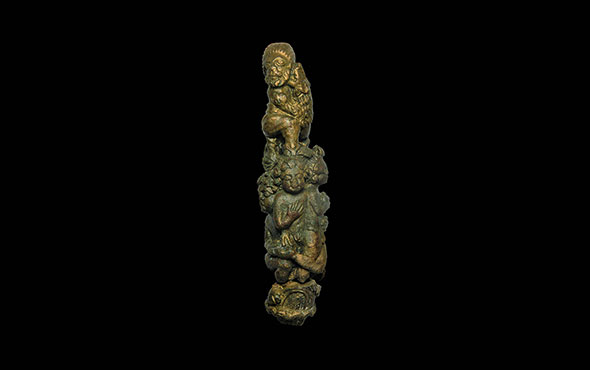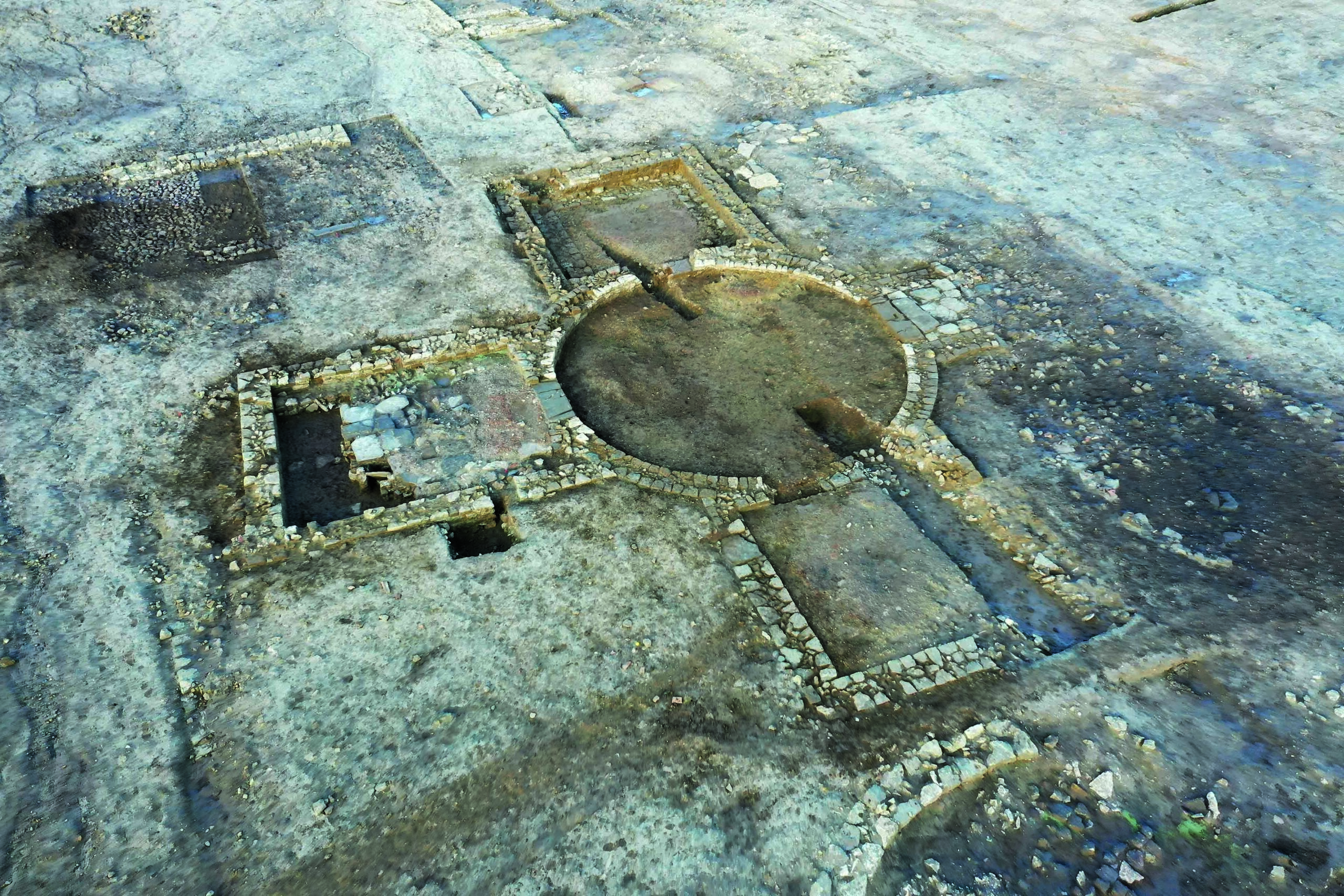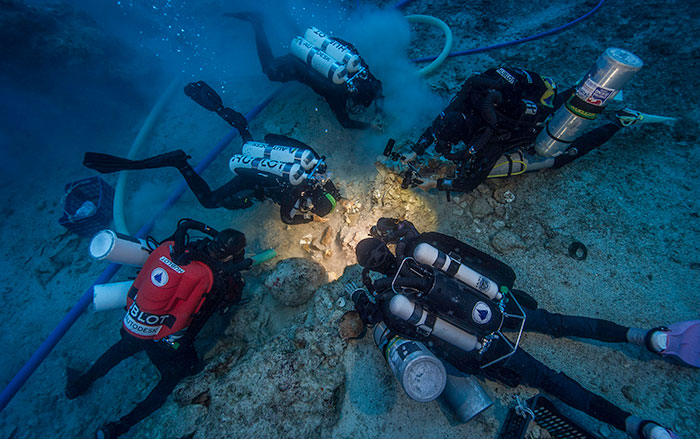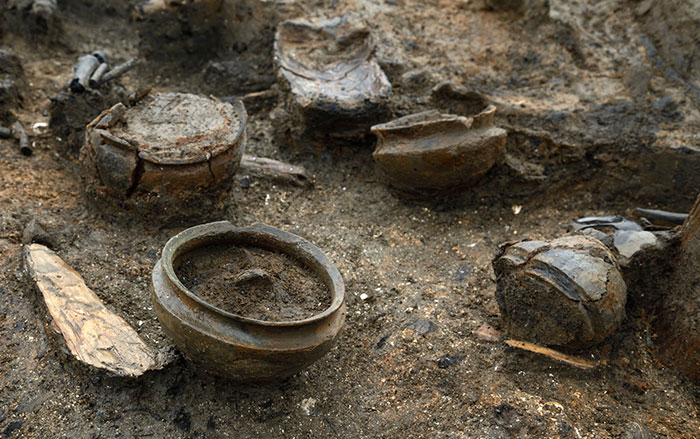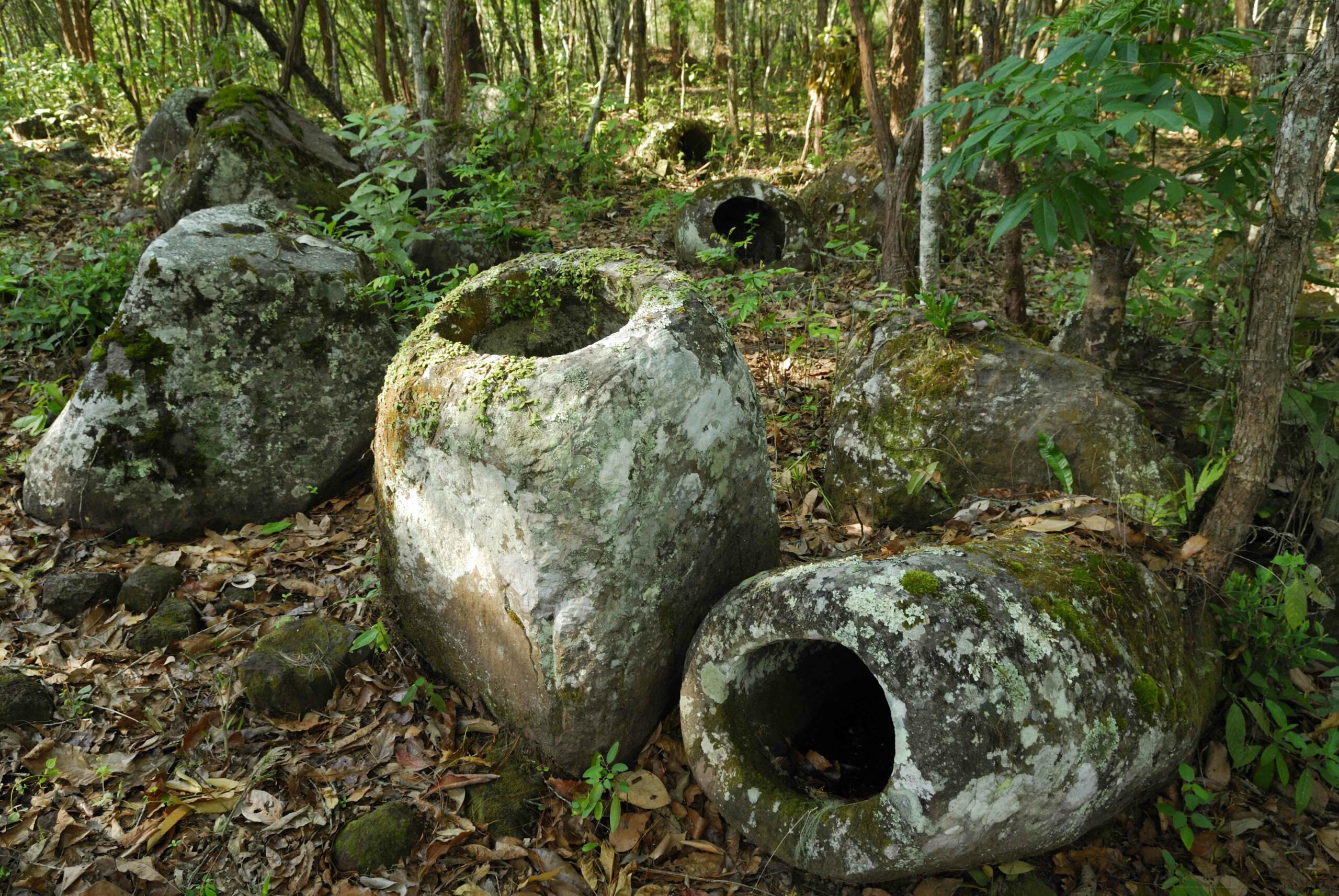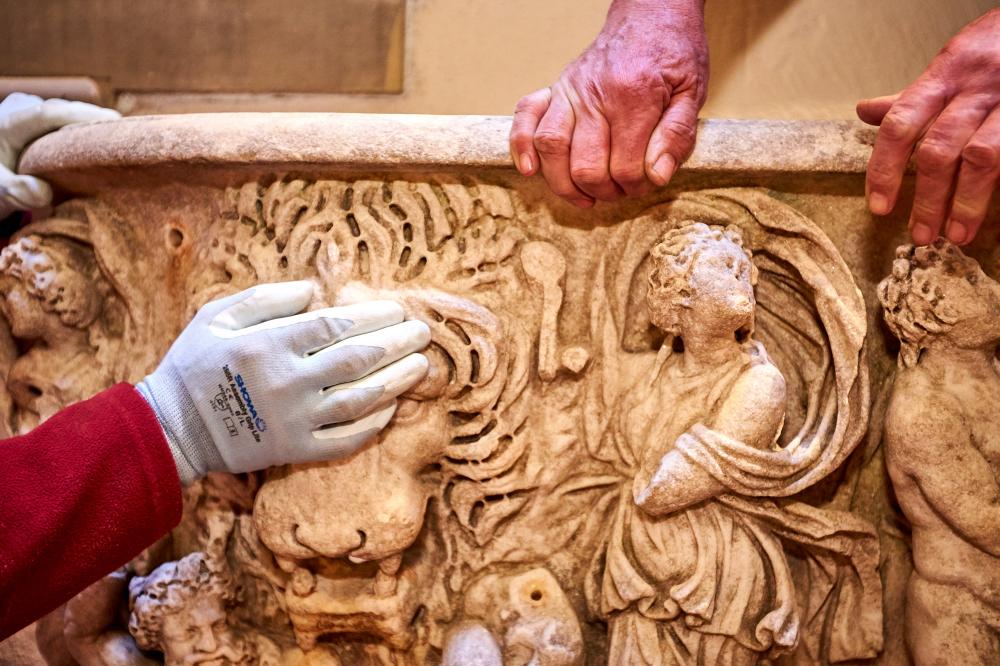
OXFORDSHIRE, ENGLAND—The New York Times reports that a large fragment of a 1,700-year-old Roman sarcophagus was discovered by a visitor to the gardens at Blenheim Palace, a World Heritage site dating to the eighteenth century. There are no records of how the sarcophagus, which is carved with images of Dionysus and wine flowing from crushed grapes, arrived on the estate. But it is known that it was used to collect water from a natural spring in the nineteenth century, and then in the early twentieth century, it was incorporated into a rock garden. A conservation team led by Nicholas Barnfield of Cliveden Conservation cut the bolts that held the marble fragment to a lead cistern and took it to their workshop, where they carefully cleaned the surface with water and wooden picks over a six-month period. “There are no inscriptions to indicate who it was for, but it was obviously someone of very high status,” Barnfield said. The sarcophagus is now on display inside Blenheim Palace. To read about another discovery in the area, go to “Alfred the Great’s Forgotten Ally.”



